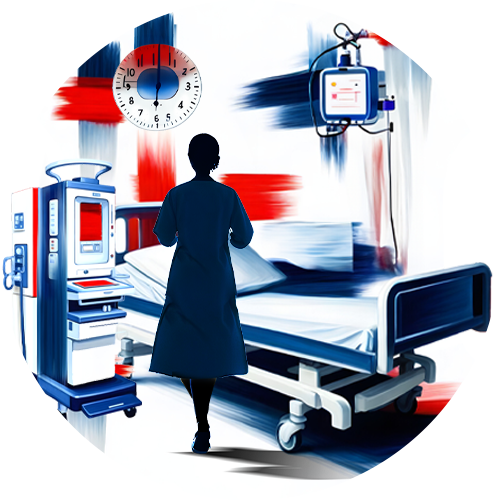On Call: Chapter 7 — Coming Together
| May 21, 2024And it’s on to the next poisoned patient, with the same beautiful synchronization of care

“What does it feel like to save lives?” one of the guests at the Shabbos table wants to know, a hint of admiration in her eyes. I’m asked this question surprisingly often, and I always try to set the record straight.
“I don’t,” I tell her. When she recoils, I explain. “It takes a lot of gaavah to say, ‘I’m saving lives.’ I see too many cases every day not to realize that only Hashem has the power to heal.”
“Well, of course,” she persists. “But when Hashem lets you save someone — you know, like you save a choking victim, or you cure someone who’s having a heart attack — isn’t that a great feeling?”
I keep a straight face as I tell her that the image of the ER doctor sailing in and saving patients (with an ‘S’-marked cape, perhaps?) is not the reality on the ground.
She doesn’t look convinced, and I reflect that the culture of emergency medicine is something that needs to be experienced. Of course, we want to save lives (with Hashem’s help, whether we acknowledge it or not!), but the key is “we.”
This is evident during my two-month stint in the ICU department of a prestigious Chicago hospital. (First-year residents in our program rotate through different medical departments in different hospitals, learning a broad range of skills and seeing varied approaches to medical issues.)
Rumors are spreading among the staff members — new patients are coming. Because we need to prep rooms and get ready, ICU staff are always checking to see if any newcomers are scheduled to arrive. This time, gossip gets there first — especially when two ICU residents are called down to the ER to help evaluate two patients.
“It’s a carbon monoxide poisoning case,” one of the nurses says.
Oops! We could not locate your form.


